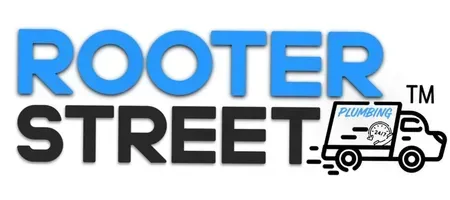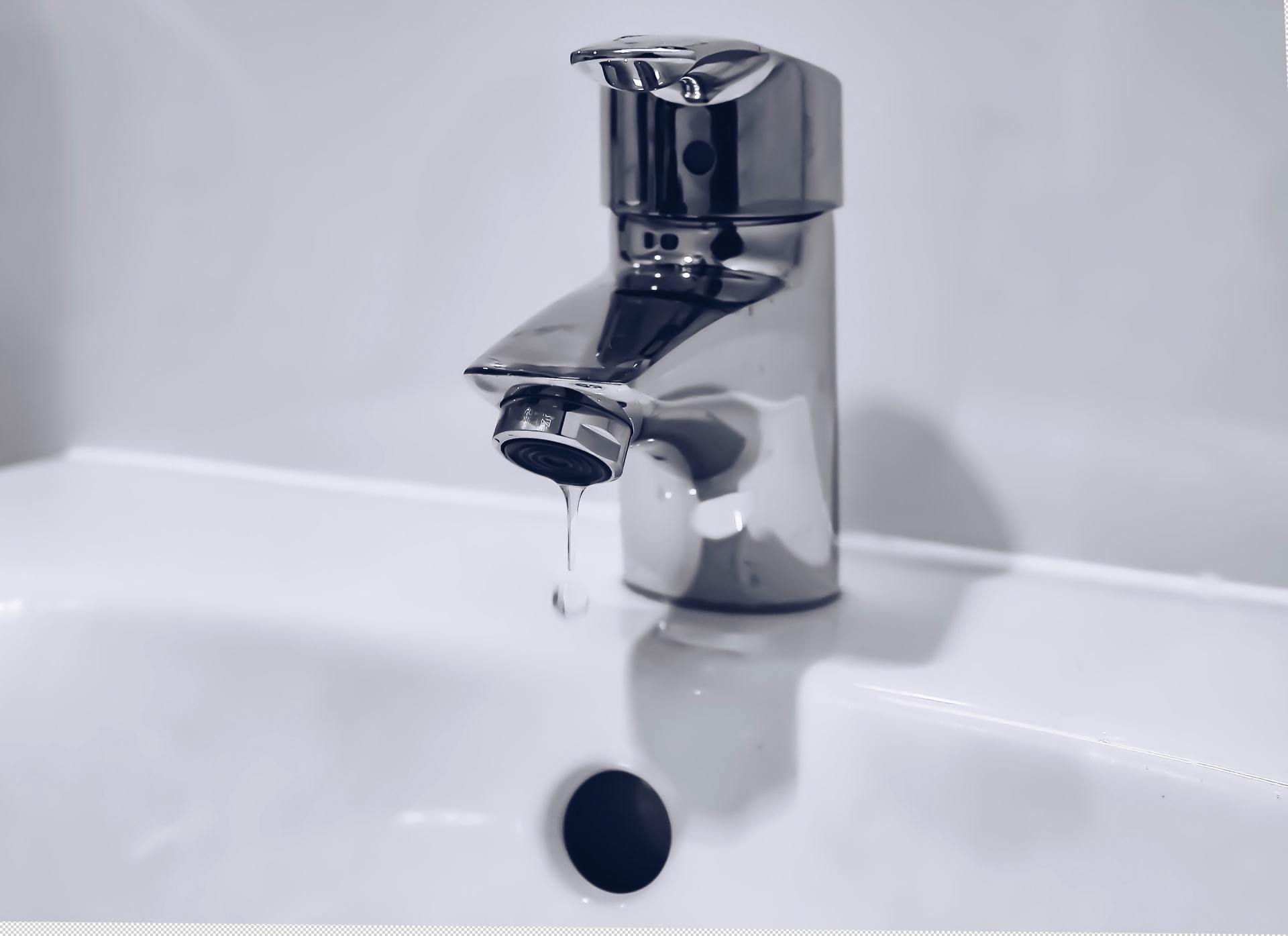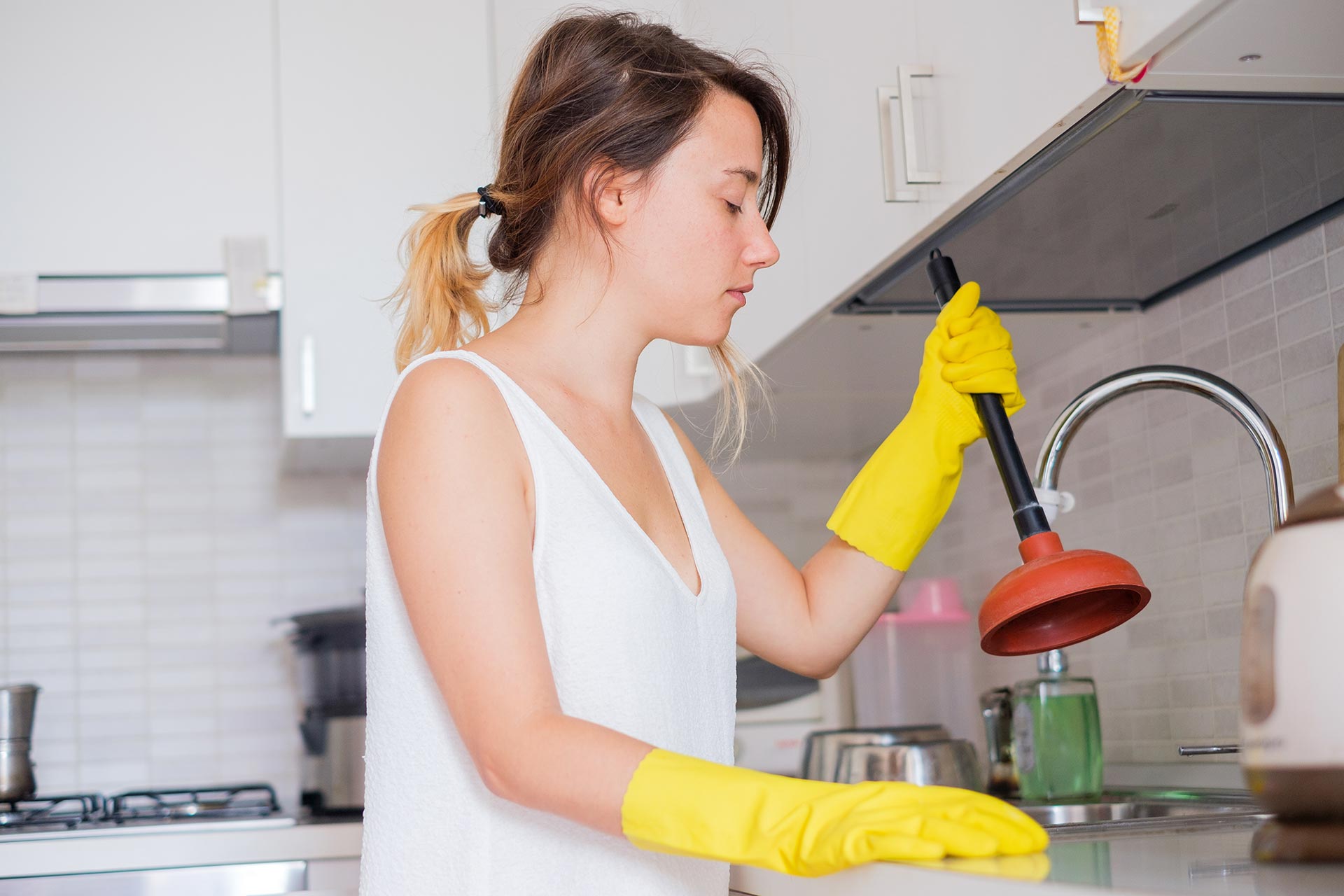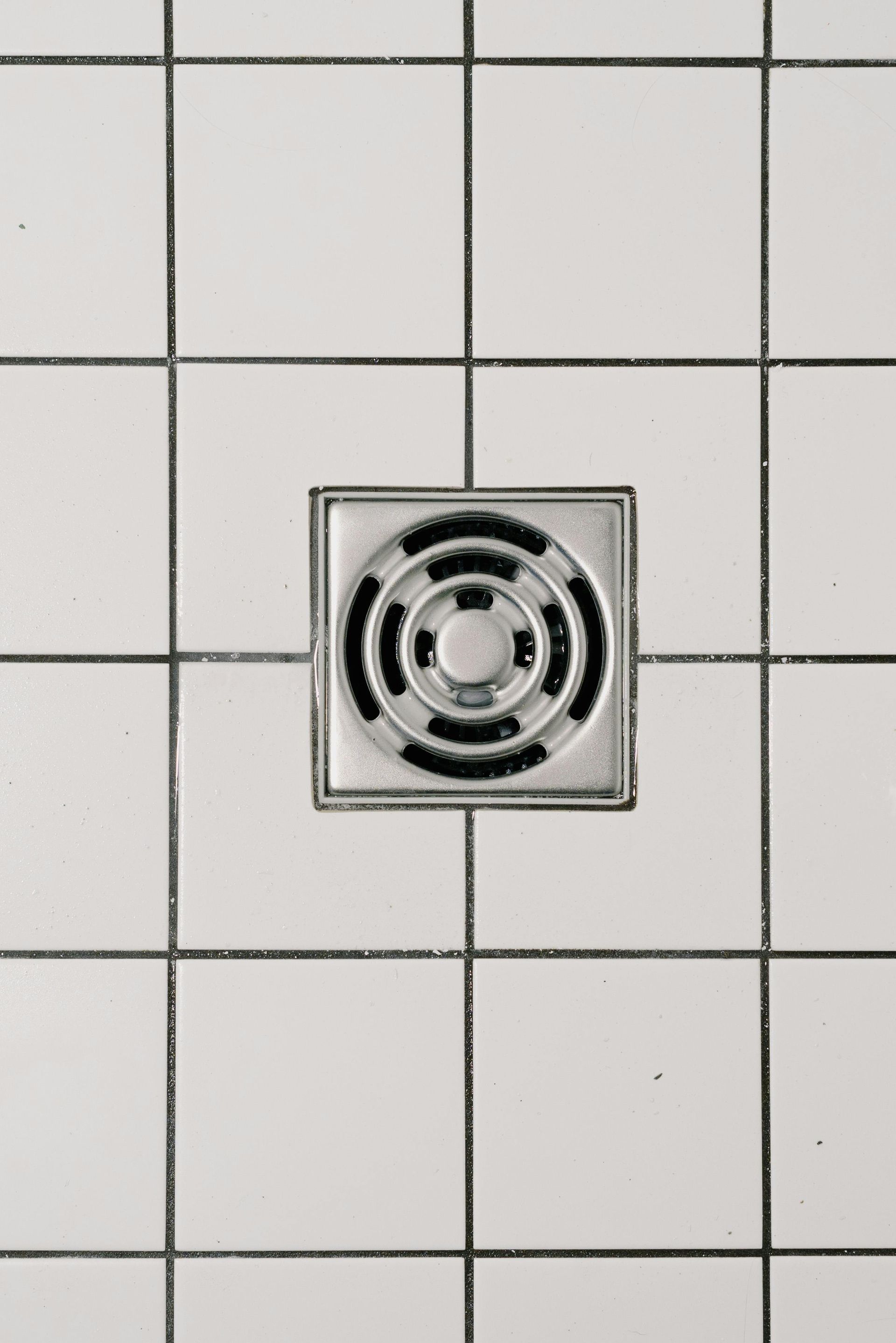How To Repair A Copper Water Pipe
Explanation On The Repair Of Copper Piping
Gather Tools and Materials
Pipe cutter or hacksaw
Emery cloth or sandpaper
Pipe fitting brush (for cleaning the inside of fittings)
Flux (for soldering)
Solder
Soldering torch and soldering kit
Pipe fittings (e.g., couplings, elbows, tees, as needed)
Pipe joint compound (if applicable)
Pipe repair clamp or epoxy (for temporary fixes or small leaks)
Bucket and towels (to catch any residual water)
Turn Off Water Supply
Locate Shut-Off Valve: Find the main water shut-off valve and turn it off to stop the flow of water to the affected pipe.
Drain the Pipe: Open faucets and drains connected to the pipe to drain any remaining water.
Prepare the Pipe
Remove Damaged Section: Use a pipe cutter or hacksaw to cut out the damaged section of the pipe. Make sure to cut cleanly and avoid any jagged edges.
Clean Pipe Ends: Use emery cloth or sandpaper to clean the ends of the remaining pipe and the inside of any fittings. The surfaces should be smooth and free of oxidation or debris.
Install New Fittings
Apply Flux: Coat the cleaned pipe ends and the inside of the fittings with flux. Flux helps the solder flow evenly and creates a strong bond.
Fit New Pieces: Assemble the new fittings onto the pipe. Ensure they are properly aligned and fully seated.
Check Alignment: Make sure the fittings are aligned correctly before proceeding with soldering.
Solder the Joint
Heat the Joint: Use a soldering torch to heat the joint evenly. Move the flame around the joint to heat it uniformly. Be cautious not to overheat or burn the pipe.
Apply Solder: Once the joint is heated, apply solder to the joint. The solder should melt and flow into the joint, filling the gap between the pipe and fitting.
Allow to Cool: Let the joint cool naturally. Do not disturb the joint while it’s cooling, as this can affect the integrity of the soldering.
Test for Leaks
Turn On Water Supply: Gradually turn the main water supply back on and check the repaired area for any leaks.
Inspect Joint: Look for any signs of water escaping from the joint. If there are any leaks, you may need to reheat the joint and apply more solder.
Clean Up
Clean the Area: Wipe away any excess flux or solder residue from the pipe and fittings.
Restore Water Supply: Open all faucets and drains to restore normal water flow and ensure that everything is functioning properly.
Temporary Fixes (if needed)
Pipe Repair Clamp: For a temporary fix, a pipe repair clamp can be used to seal small leaks. Position the clamp over the leak and tighten it according to the manufacturer’s instructions.
Epoxy: Epoxy putty can also be used for a temporary seal. Apply it according to the manufacturer’s instructions and allow it to cure before turning the water back on.
Consider Professional Help
If you’re unsure about any step or if the repair seems too complex, consider consulting a professional plumber. Complex repairs or large-scale issues may require specialized tools or techniques.
By following these steps, you can effectively repair a copper water pipe and ensure a reliable and watertight connection. Proper preparation, careful soldering, and thorough testing are key to a successful repair.
You might also like
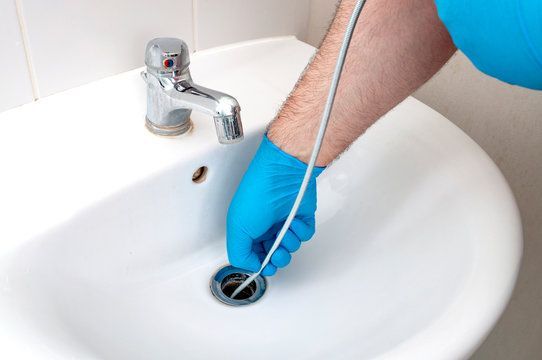
Book a Service Today
We will get back to you as soon as possible
Please try again later
Quick & Reliable
Scheduling available 24/7 via Text Message Or Phone Call!
All Rights Reserved | Rooter Street LLC
